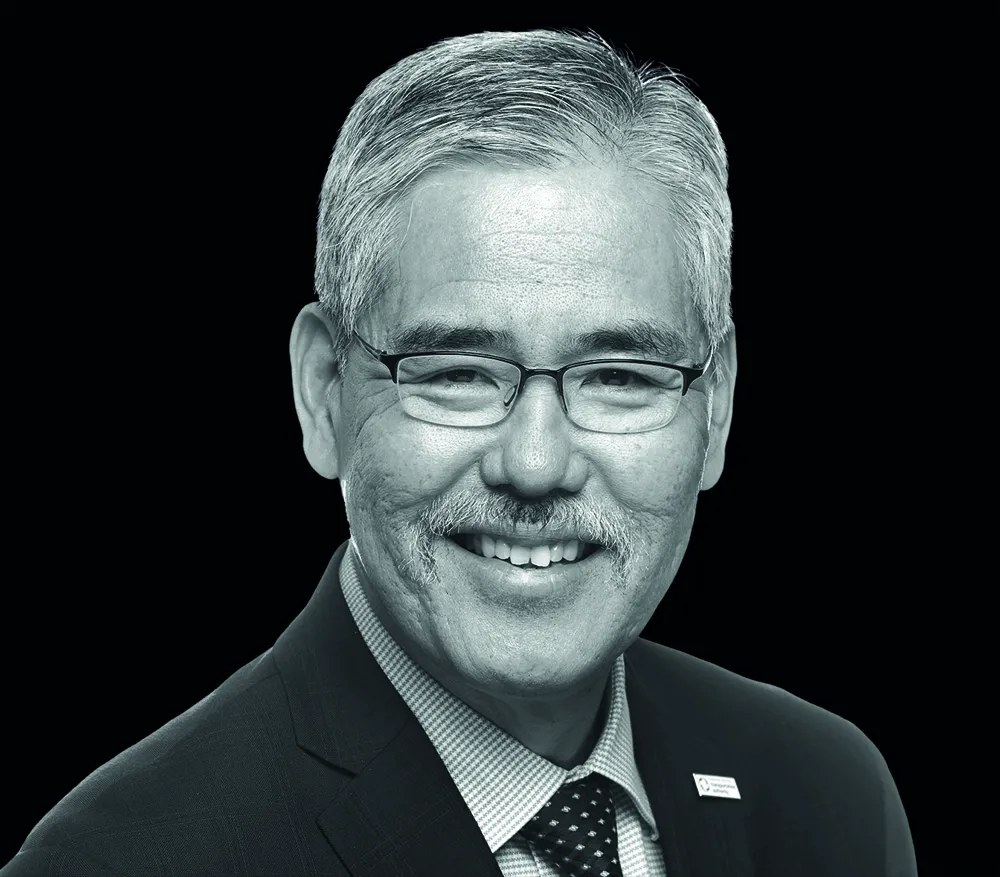During the next phase, only predetermined testers and evaluators chosen from various employers within Bishop Ranch will be able to ride the vehicles.
Randy Iwasaki, CCTA, executive director, said, "Contra Costa Transportation Authority. “This technology offers an innovative new approach to helping travelers get to transit stations, business districts, and other local amenities without the hassle of driving and parking. We expect that these vehicles will solve the so-called ‘‘first-and-last-mile’’ challenge – a solution that could be replicated by many urban and suburban communities across the United States.”
Driverless shuttle makes progress on achieving third phase of testing in California
EasyMile’s partners Contra Costa Transportation Authority (CCTA) and GoMentum has received permission from the National Highway Traffic Authority to test EasyMile's EZ10 driverless shuttles on public roads within the Bishop Ranch business park in San Ramon, California. CCTA staff are in active discussions with the California Department of Motor Vehicles who will also need to give their consent for the third phase of the trial to go ahead.
October 16, 2017
Read time: 2 mins










